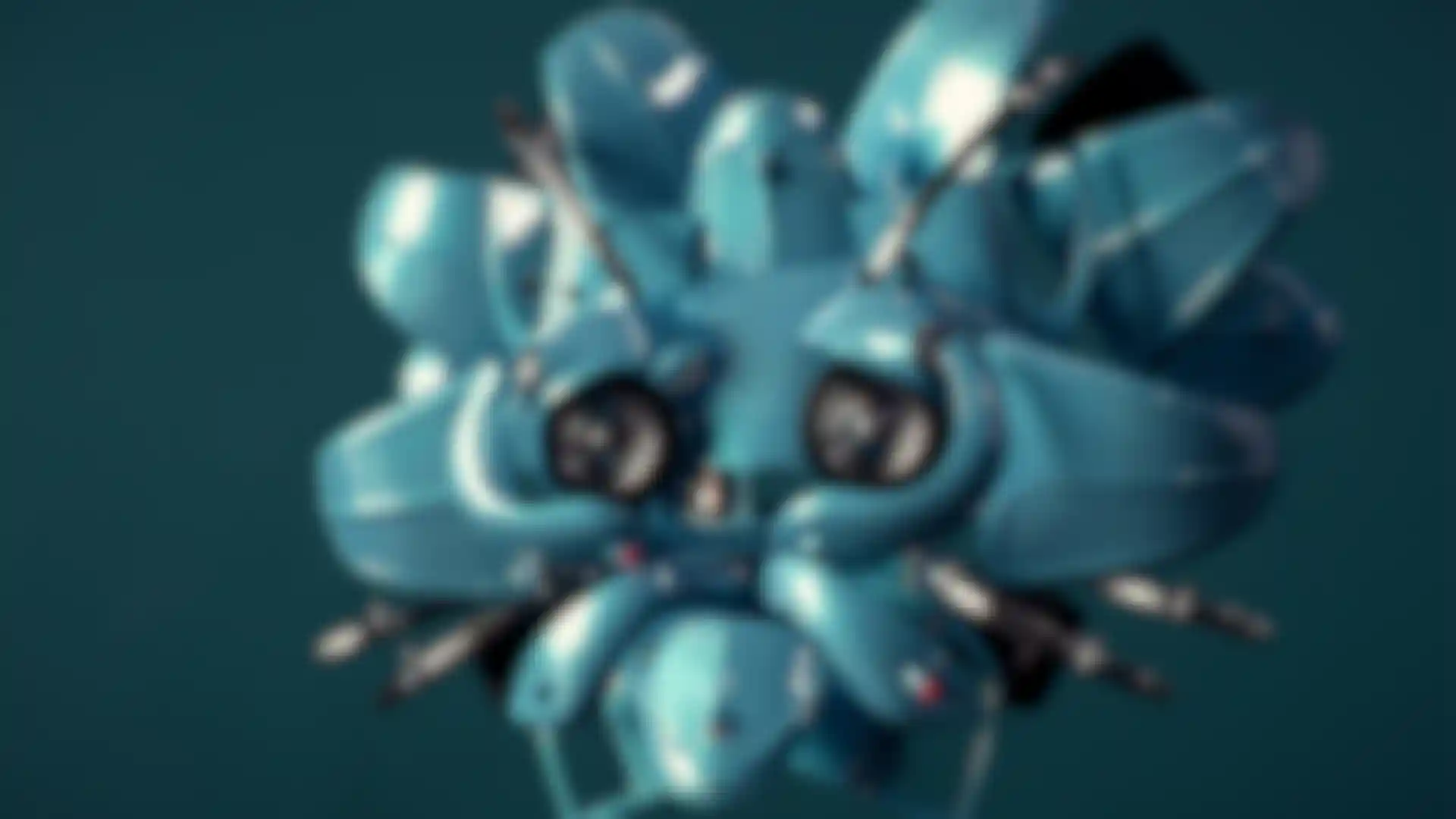
A Designer’s Animated Take on Iconic Cars How Art Director/Designer Leo Esteves used Cinema 4D to create soulful tribal masks that express the personalities of classic cars.
Art director, designer and artist Leo Esteves is happiest when following “curiosity paths,” using Cinema 4D, After Effects and Corona Renderer to experiment with ideas, tools and techniques that lead to something fresh and new. Drawn to projects where art meets design, his recent project Petroltribes is a perfect blend of personal interests, artistic expression and design experimentation.
Born in Caracas, Venezuela, Esteves was working as a graphic designer when he was introduced to Cinema 4D and After Effects, which proved to be a turning point in his career. After developing motion and CGI skills in his spare time, his talent led to opportunities in the U.S. where he worked as an art director in TV and film for agencies in Miami and Portland. He now lives in Munich, Germany, with his family.
The journey to Petroltribes began in Caracas where cars were the family business and tribal masks and ritual were part of local celebrations. Always a big fan of classic cars, Esteves developed his CGI skills by designing automotive renders. The experience inspired him to combine the rich symbolism of tribal masks with the strong, sleek forms of favorite classic cars, including a Ferrari F40, a 1965 Mustang, a Porsche 901 and a 1949 VW Beetle.
We asked Esteves to tell us more about his approach to Petroltribes. Here’s what he has to say.
You’ve worked in Central and South America, the U.S and now Europe. How has that influenced you as a designer?
Esteves: Being able to work on different continents is amazing and a super cool opportunity. I love how each culture represents its own vision of design, from the relaxed attitude in Latin America to the ultra-organised culture in Germany. Being able to cross those lines and take parts of each culture, even color palettes, and mix them up to create something new opens doors to more opportunities, possibilities and ideas.
Describe the type of projects that you’d like to do more of.
Esteves: I love projects that mix art and design or find new ways to mix commercial and art, like the artistic approach you can see in the work of studios like Future Deluxe and Tendril.
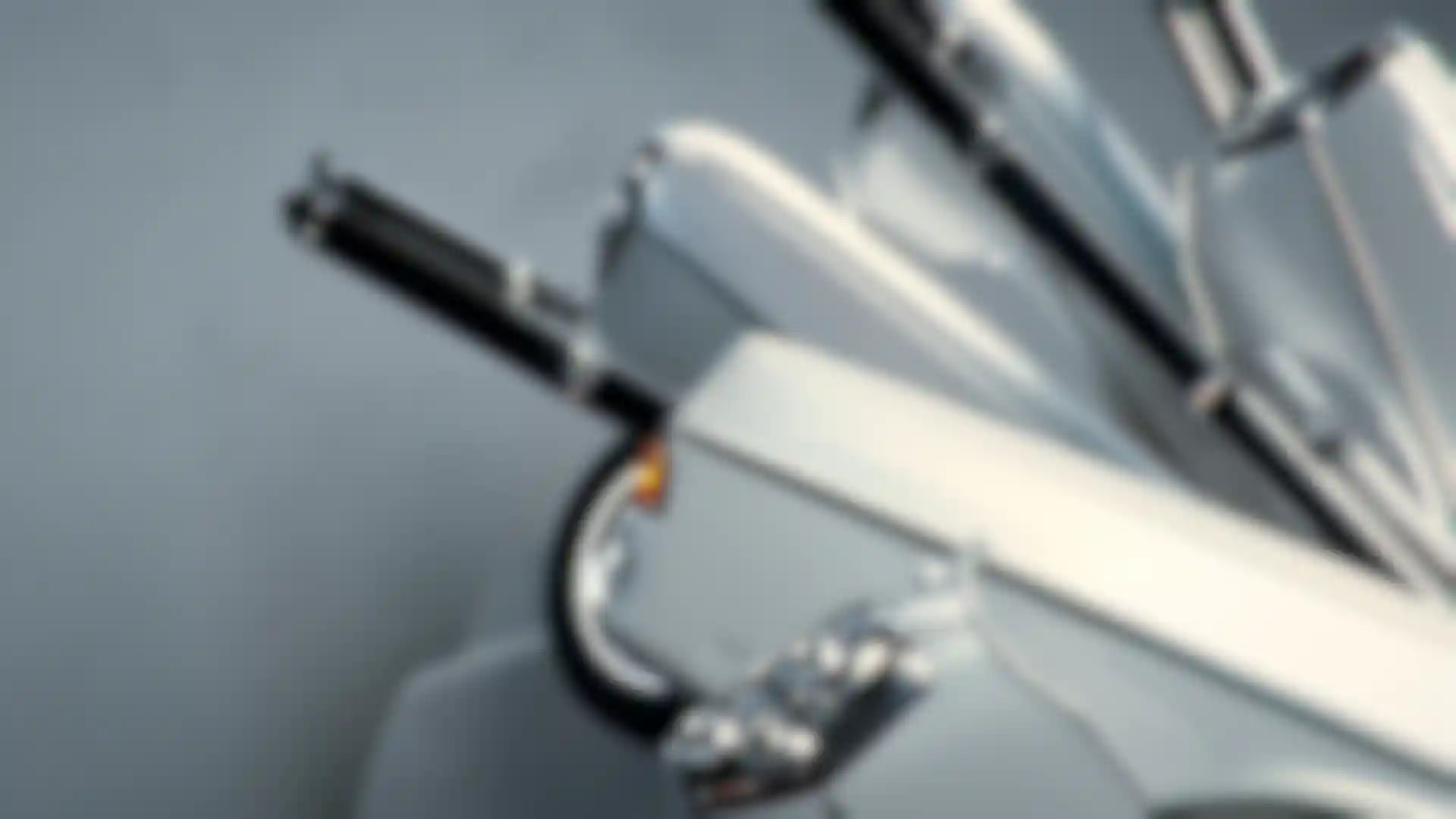
Tell us why you use the moniker LES83MACHINES for some of your work.
Esteves: I call that my alter ego and it is an homage to the beginning of my career when I was following Hydro74 vector work, which I still do now. Back then, I worked really fast on my graphic design so I could make time to practice After Effects and Cinema 4D.
A French colleague told me that I was fast like a machine, and I liked the sound of that, so I mashed together the French sound à La Machine and my admiration for Hydro74 in my alter ego. Today LES83MACHINES is used mostly to share my own artistic and experimental projects, even my misfit ideas and experiments continue to live in the lab section.
What inspired the playful concept behind Petroltribes?
Esteves: I have been doing a lot of automotive beauty renders and I was looking for new ways to creatively express cars. Growing up in Latin America, tribal masks are often used in celebrations, and I love how masks can represent something more than what the eye sees.
“With Petroltribes, I used the idea of tribal masks as a way to describe the cultures of different cars and models. I’m expressing the feeling of the cars’ personalities and the people who drive them.”– Leo Esteves
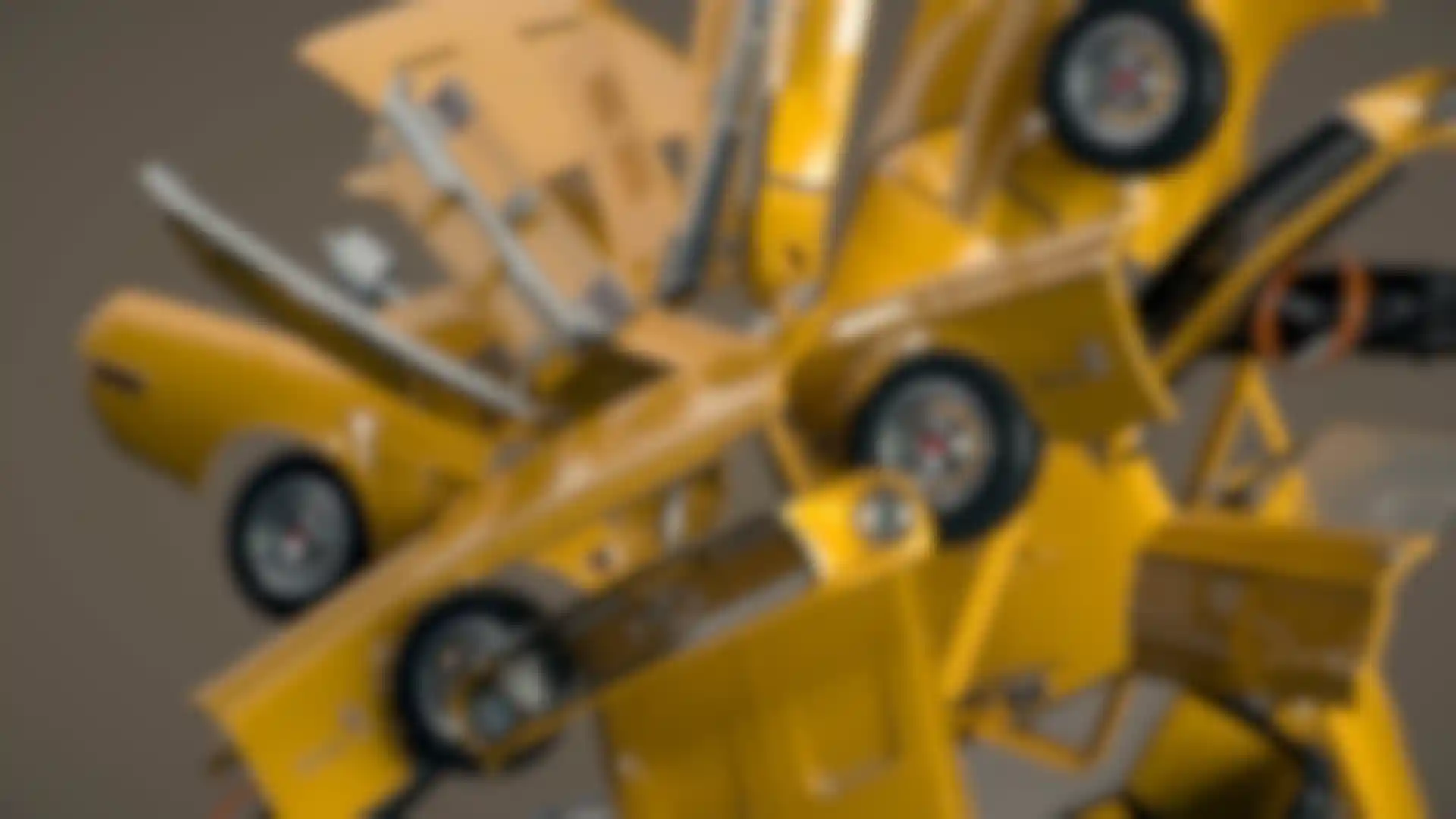
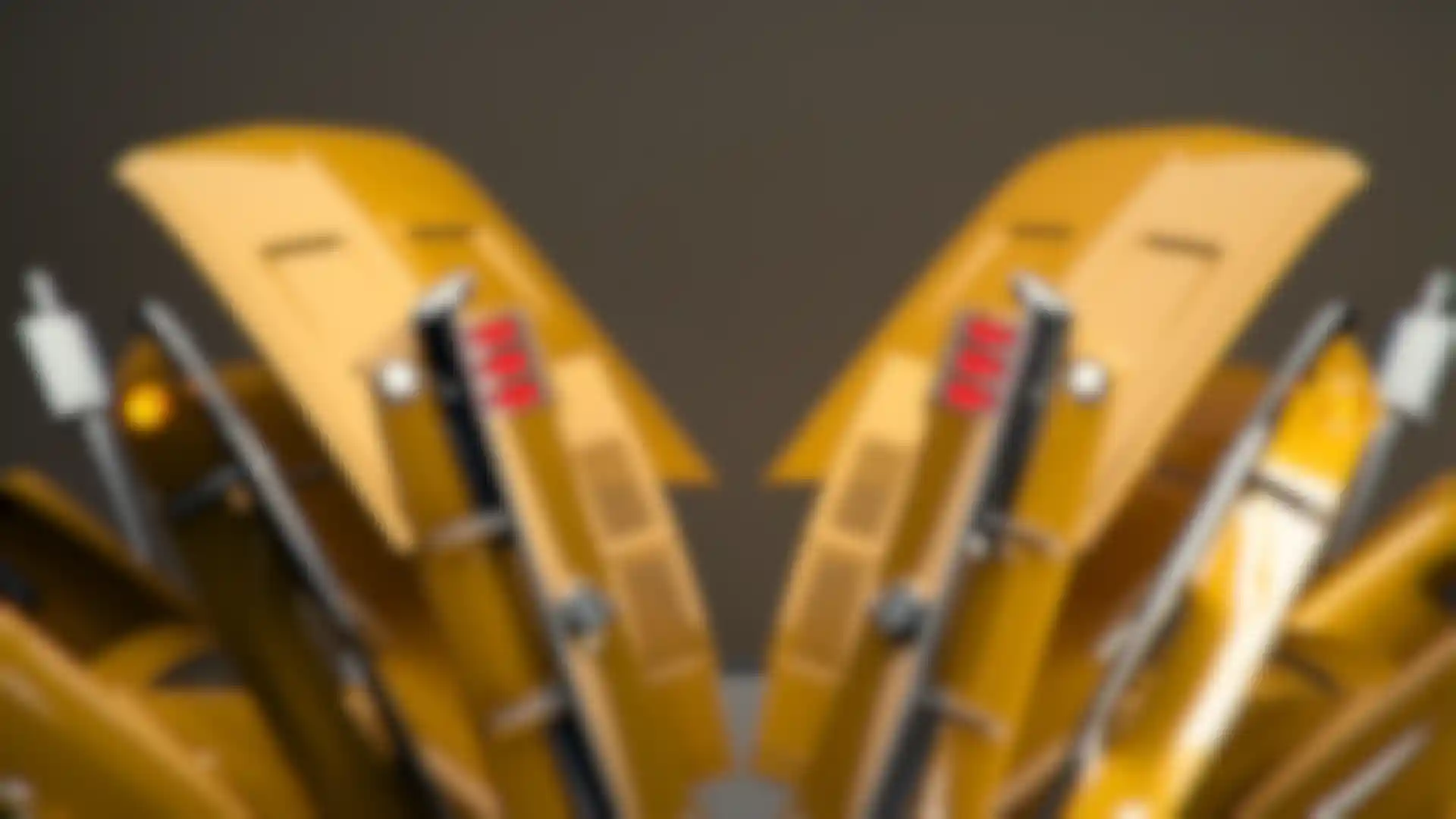
What were the experimental elements of the project?
Esteves: The majority of the experimentation went into the concept and picking the right music, which, in this case, was by the amazing KontanChok. It was the perfect for my concept for this.
What were the most interesting challenges and how did you solve them?
Esteves: With personal projects the problem is often having time to finish them, so I put myself on a tight schedule to complete Petroltribes in three weeks. I set up a workflow that allowed me to work fast without compromising quality. My main issue was to quickly do the preview and blocking, so I used a lot of Cinema 4D hardware rendering to block all my edits on wire before editing tight to the music.
I did some fast Corona setting for preview render quality before the final render. But most of my work went into the choreography, organizing and rearranging each individual element as I wanted it to be.
How did you model the components?
Esteves: Modeling isn’t my strength, so I mainly used models from TurboSquid and Hum3D to assemble the masks. Each model came fully built with authentic detail that I used to get a stylized, super-clean look.
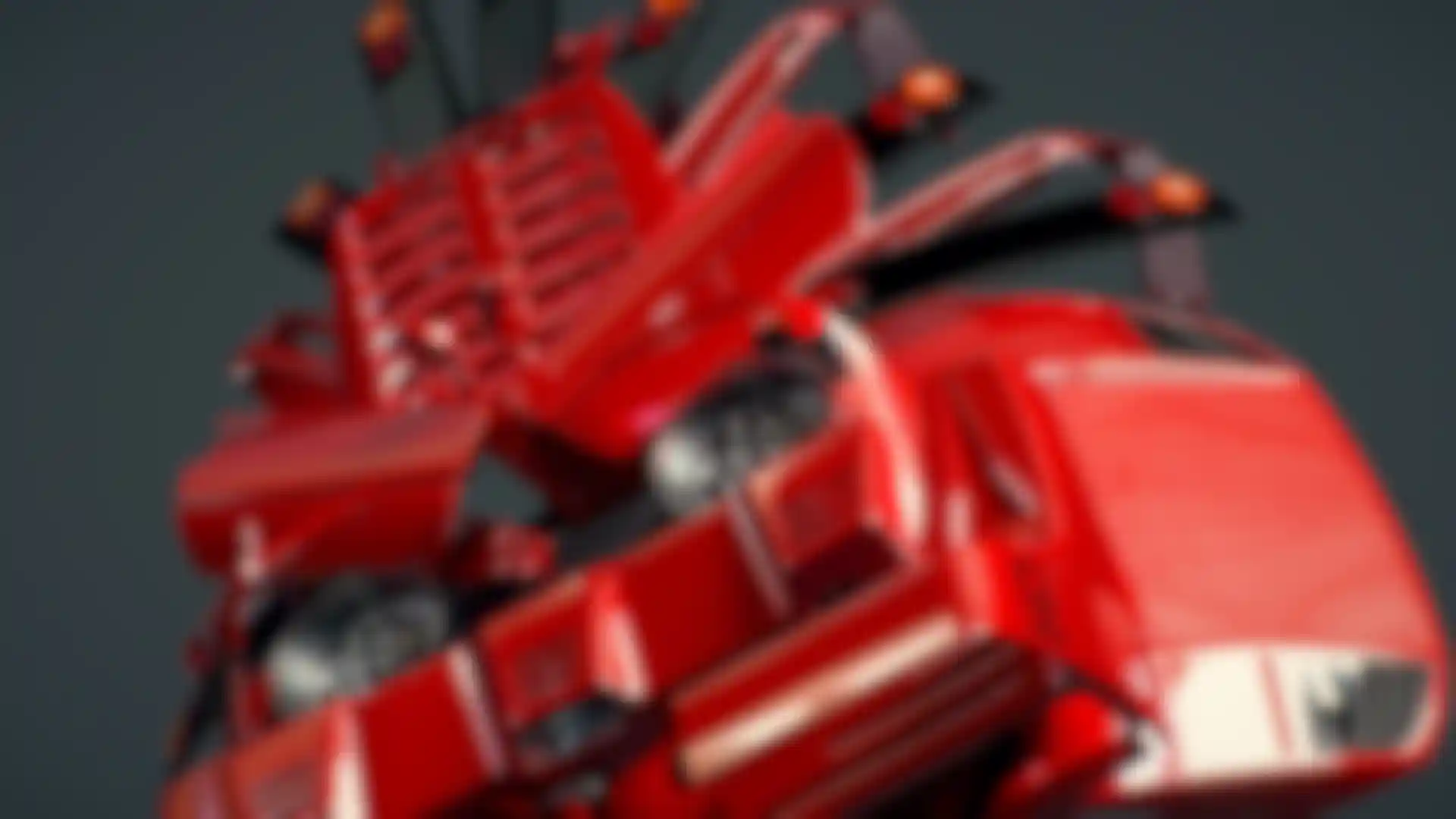
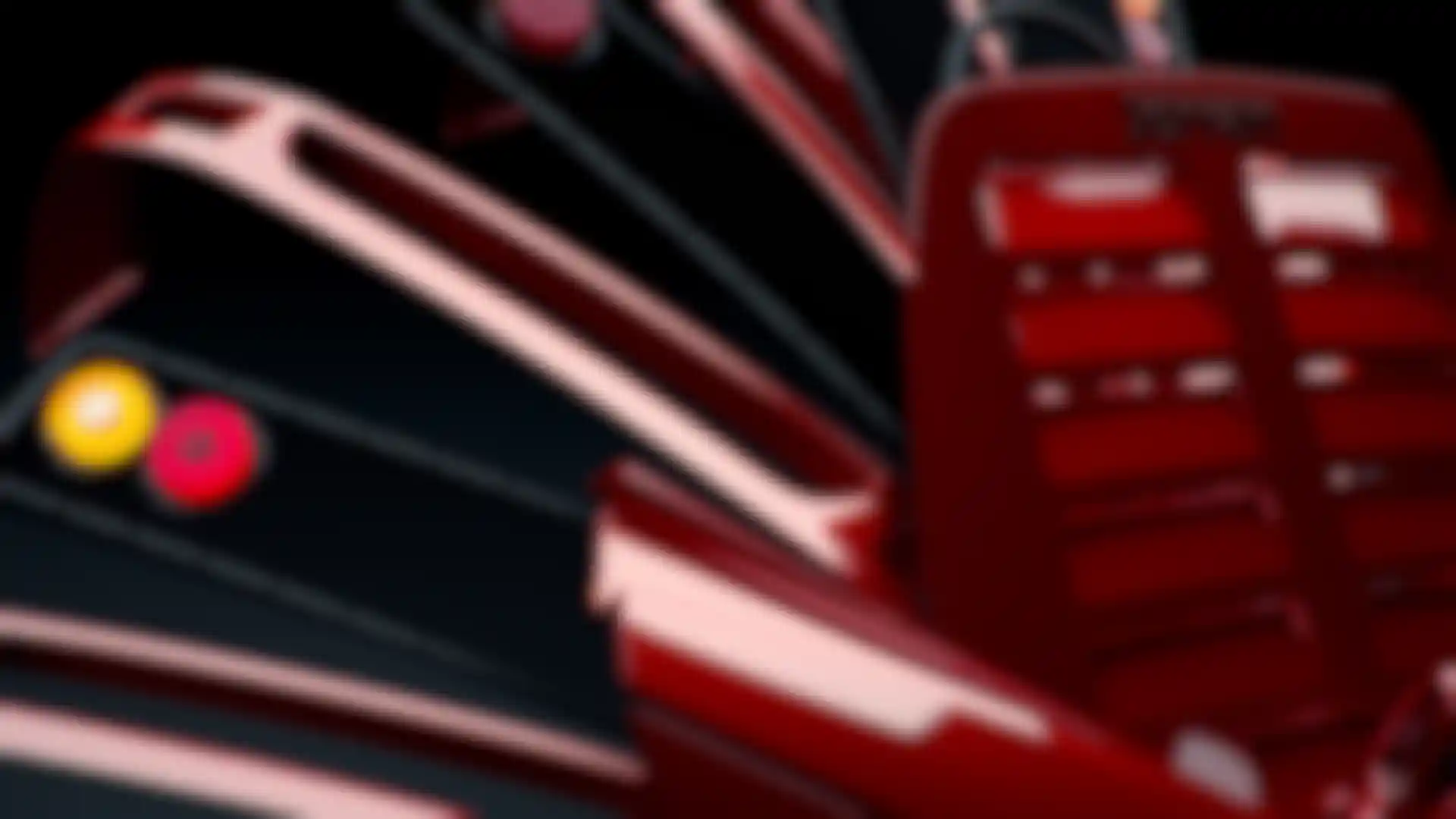
How did you choreograph the individual animations?
Esteves: That was part of the workflow I set up to let me design and animate really quickly and effectively. I keyed all of the elements on the frame in the way that I wanted, like a master moment, and then using Cinema 4D autokey I animated all my sequences backwards by hand with slight variations to make them look and feel similar but not identical. Then, I added a bit of vibrate tag on some parts to create organic motion.
What tools did you use to achieve the chrome detailing?
Esteves: I used a chrome shader that I developed for another project. For small details, I used triplanar textures and ambient occlusion, which is kind of a simple shader since I was looking more for a clean look.
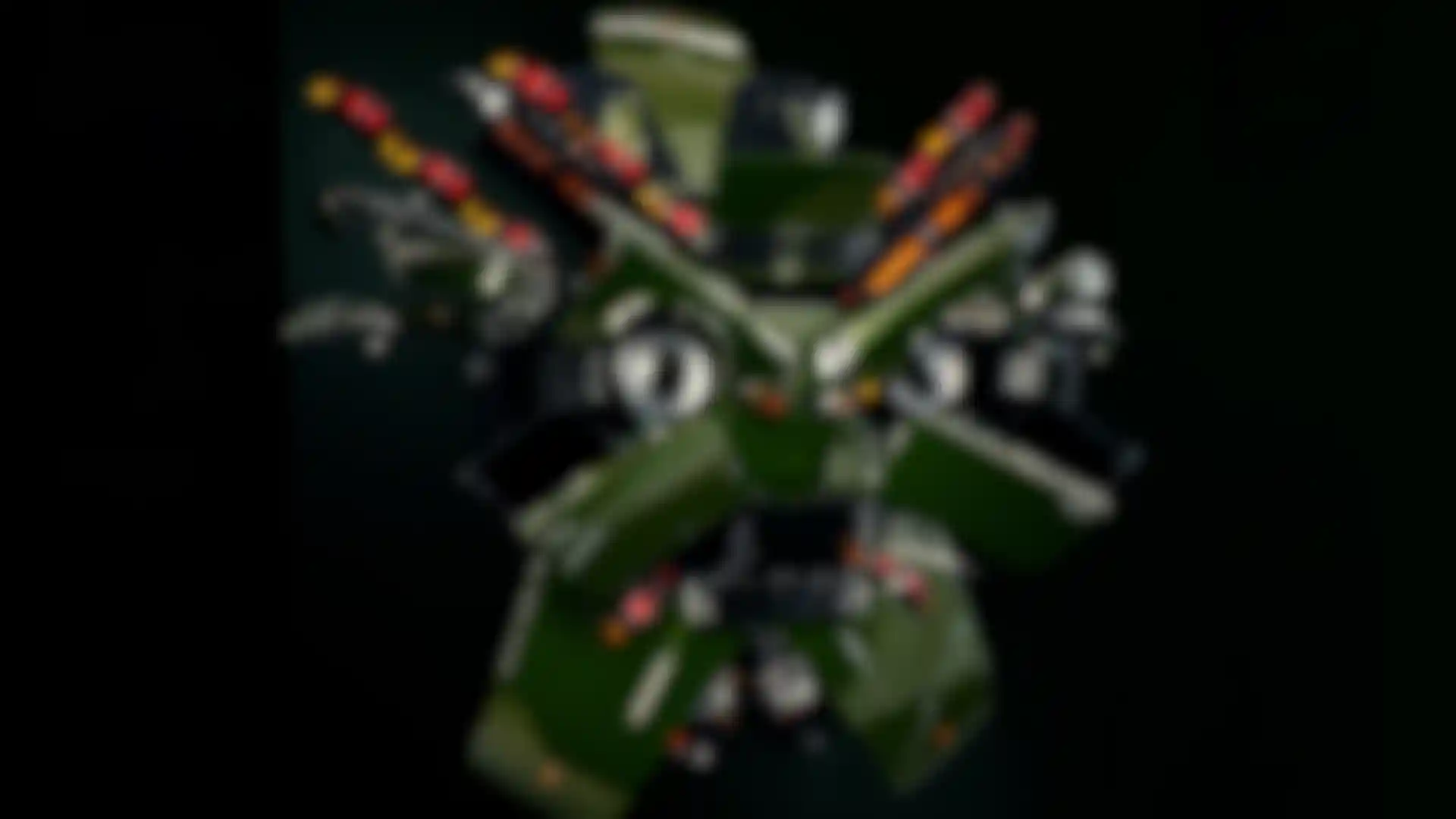
Did you learn anything new while working on this?
Esteves: Every project involves a lot of learning. With personal projects, I usually start ideas and don’t finish them, so Petroltribes was great for learning some discipline. You totally need that to finish these kinds of projects.